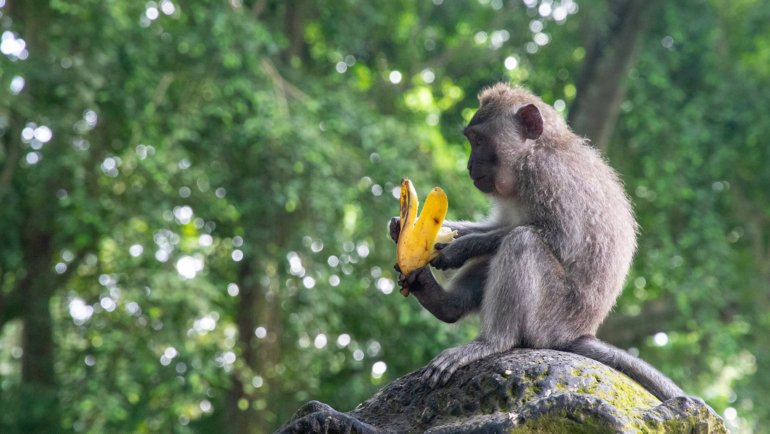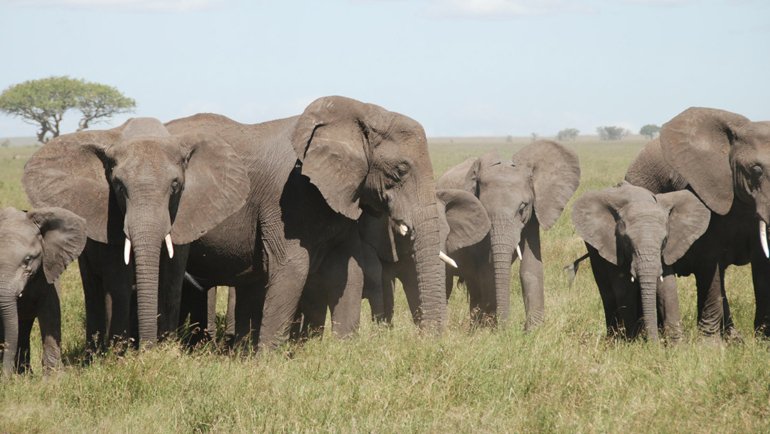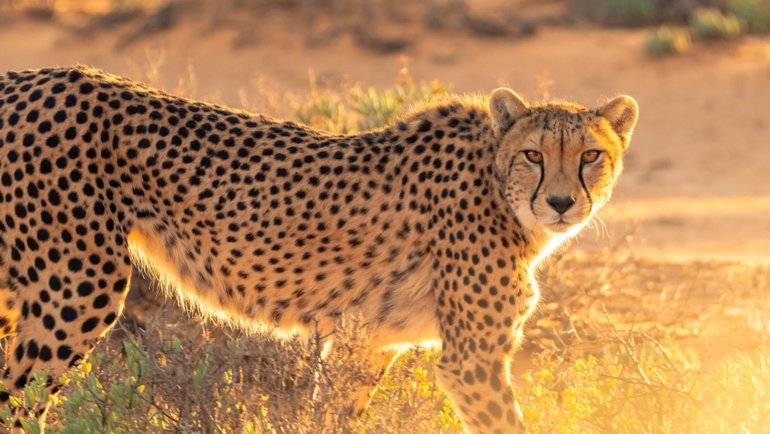Embark on an intriguing journey into the realm of 3-letter mammals! This unique article showcases ten incredible mammals, each with a name just three letters long.
These animals, diverse in their habitats and behaviors, provide a fascinating snapshot of the mammalian world. From the enigmatic bat to the resilient ram, every creature here holds a special place in nature’s diversity.
Let’s delve deeper into the lives and secrets of these succinctly named yet incredibly diverse mammals!
3-Letter Mammal List
Bat
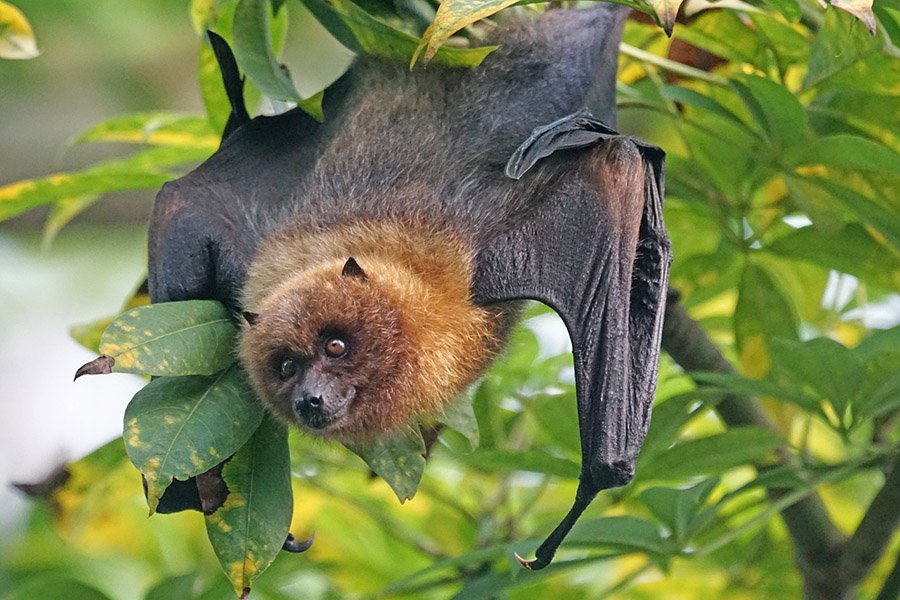
- Scientific Name: Chiroptera (Order)
- Where Found: Worldwide
- Conservation Status: Varies by species
Bats, the only mammals capable of true flight, are a remarkable testament to evolutionary ingenuity. These nocturnal creatures play an essential role in many ecosystems, serving as pollinators, seed dispersers, and pest controllers. Bats demonstrate a vast range in size and diet, with some feeding on insects, while others, like the fruit bat, primarily consume fruits.
Their echolocation abilities allow them to navigate and forage in complete darkness, emitting ultrasonic sounds that bounce back to them from objects and prey. Bats also play a significant role in human culture, often depicted in folklore and mythology. Their unique roosting behavior, hanging upside down, has fascinated people for centuries.
Did you know? Some species of bats can live for over 30 years, which is remarkable for animals of their size.
Cat

- Scientific Name: Felis catus
- Where Found: Worldwide
- Conservation Status: Domesticated
Cats, with their enigmatic personalities and agile bodies, have been captivating humans for millennia. Originally domesticated in the Near East around 7500 BC, cats have since spread to almost every corner of the globe. They exhibit a range of behaviors from affectionate companionship to fierce independence.
Cats communicate through a variety of vocalizations, body language, and purring, which can indicate contentment, anxiety, or even injury. In addition to being beloved pets, cats are skilled hunters, using their sharp claws and teeth to catch prey. Their night vision and sensitive whiskers aid in navigating dark environments.
Did you know? Cats can make over 100 different sounds, far more than dogs, making them particularly communicative animals.
Dog

- Scientific Name: Canis lupus familiaris
- Where Found: Worldwide
- Conservation Status: Domesticated
Dogs are not just pets but also loyal companions, protectors, and workers. They were the first species to be domesticated by humans, and their bond with us has only grown stronger over time. Dogs vary widely in size, shape, and temperament, reflecting their diverse roles – from lap dogs to guard dogs, herding breeds to sled dogs. They are highly social animals, thriving on interaction with humans and other dogs.
Dogs have been integral in many aspects of human life, such as hunting, herding, pulling loads, protection, assisting police and military, companionship, and, more recently, aiding disabled individuals. Their ability to understand and communicate with humans is unparalleled among other domestic animals.
Did you know? Some breeds of dogs can understand up to 250 words and gestures, making them as intelligent as a two-year-old human child.
Fox
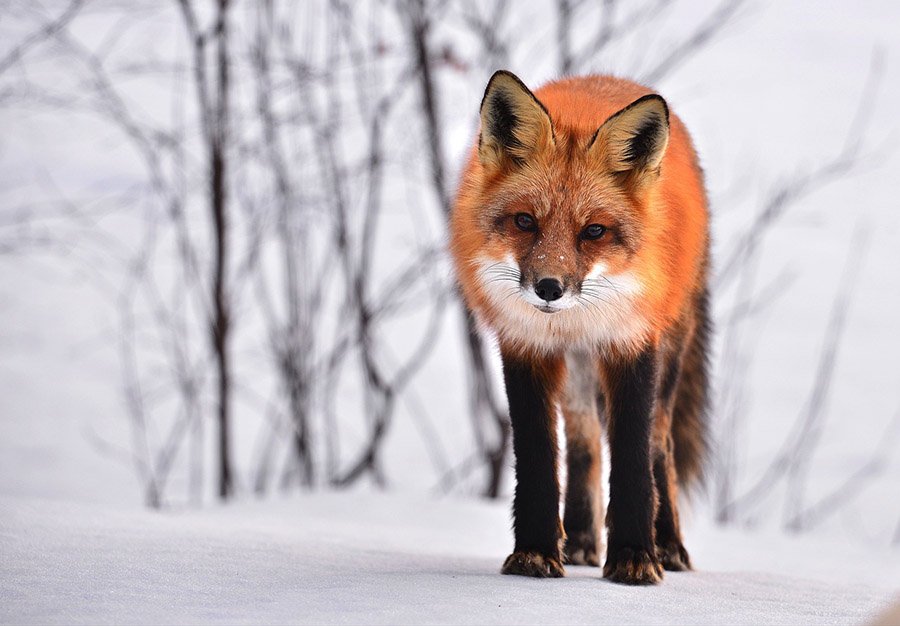
- Scientific Name: Vulpes vulpes (Red Fox, as an example)
- Where Found: Worldwide
- Conservation Status: Least Concern
Foxes, with their distinctive bushy tails and pointed ears, are among the most adaptable and widespread mammals in the world. The red fox, the most common species, has an incredible ability to adapt to various environments, including urban areas. Foxes are solitary hunters, primarily nocturnal, and have a varied diet that includes rodents, rabbits, birds, and insects, as well as fruits and vegetables.
Their cunning nature, depicted in folklore across cultures, stems from their clever hunting strategies and elusive behavior. Foxes communicate through a range of sounds, including barks, screams, and howls, and use their tails as signals or to keep warm in cold weather.
Did you know? Foxes have whiskers on their legs and faces, which help them to navigate, especially when they pounce on prey under the snow.
Rat
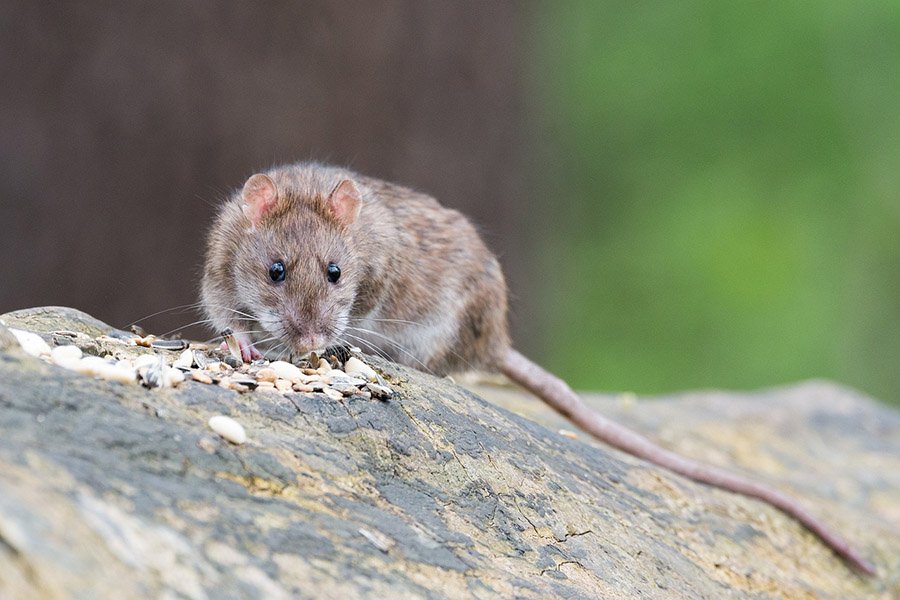
- Scientific Name: Rattus norvegicus (Brown Rat, as an example)
- Where Found: Worldwide
- Conservation Status: Least Concern
Rats are one of the most ubiquitous and adaptable mammals on the planet. Often associated with urban environments, they are known for their remarkable survival skills.
Rats are omnivorous, eating a wide range of foods, and are known for their ability to chew through various materials. Despite their negative reputation for spreading diseases, rats play essential roles in ecosystems as prey for many predators and as seed dispersers.
Rats are highly social animals, living in complex hierarchical communities. They communicate through high-pitched sounds, some of which are beyond human hearing, and through pheromones. Rats are also highly intelligent, and capable of learning and performing complex tasks, making them frequent subjects in scientific research.
Did you know? Rats laugh when tickled, a sound that, while ultrasonic and inaudible to humans, indicates their enjoyment.
Pig
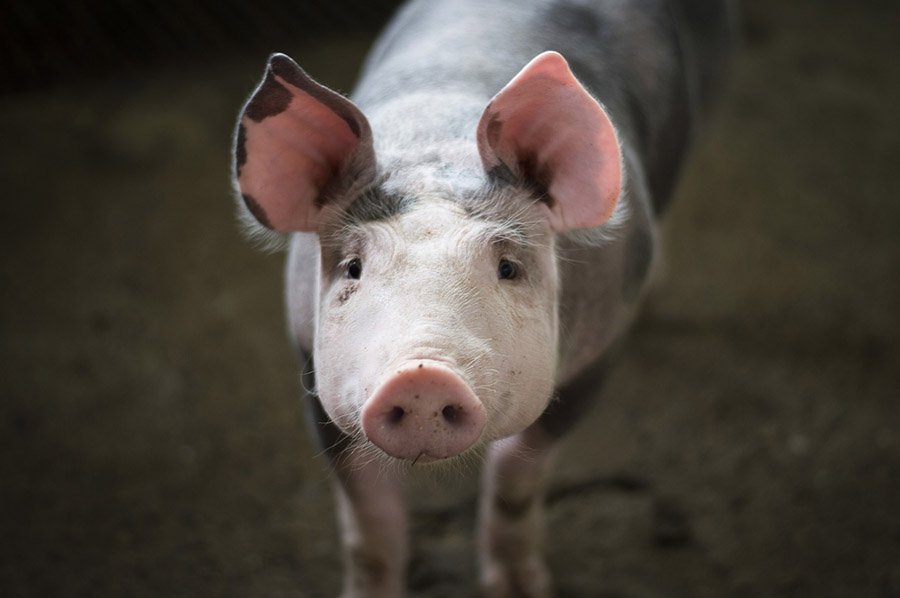
- Scientific Name: Sus scrofa domesticus
- Where Found: Worldwide
- Conservation Status: Domesticated
Pigs are intelligent, social animals that have been domesticated for thousands of years. Known for their distinctive snouts, which are highly sensitive and used for foraging, pigs are omnivores and have a diverse diet. They have a strong sense of smell and are often used to hunt truffles, a type of fungus highly prized in culinary arts.
Pigs are also known for their mud-bathing behavior, which helps regulate their temperature and protects their skin. In the wild, pigs live in matriarchal societies, led by a dominant female and her offspring. They communicate with each other through a variety of grunts and squeals, each conveying different information.
Did you know? Pigs are highly intelligent, ranking fourth in animal intelligence behind chimpanzees, dolphins, and elephants.
Yak
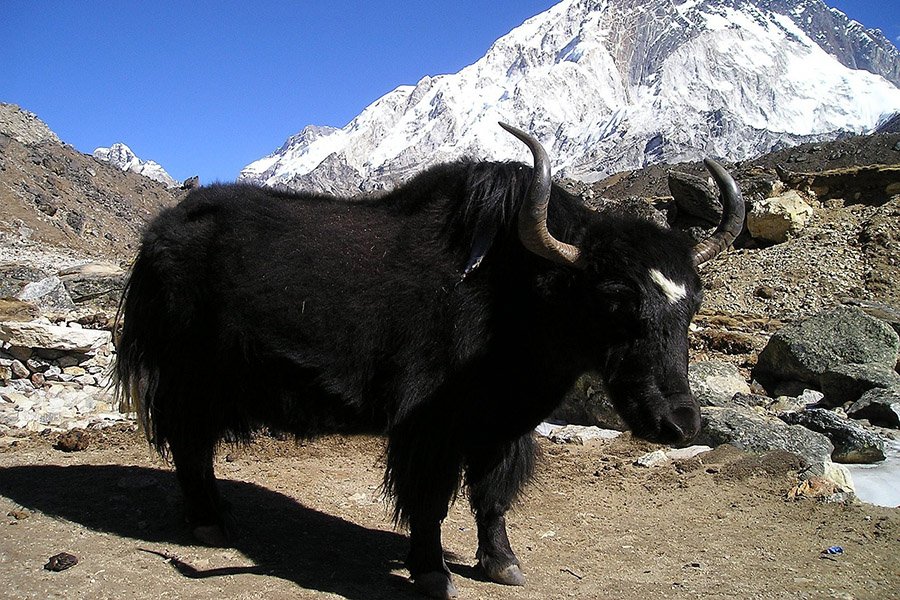
- Scientific Name: Bos grunniens
- Where Found: Central Asia
- Conservation Status: Domesticated (Wild Yaks are Vulnerable)
Yaks are remarkable animals adapted to life at high altitudes in the Himalayas and Tibetan Plateau. They have thick, long fur and a large lung capacity to survive in low-oxygen environments. Yaks are primarily herded for their milk, meat, and fur, and are also used as pack animals. They are central to the livelihood of many high-altitude communities, providing essential resources for survival.
In addition to their physical adaptations, yaks are culturally significant in regions like Tibet and Nepal, where they are often associated with local traditions and festivals.
Did you know? Yaks can survive at altitudes up to 20,000 feet, higher than any other mammal.
Cow
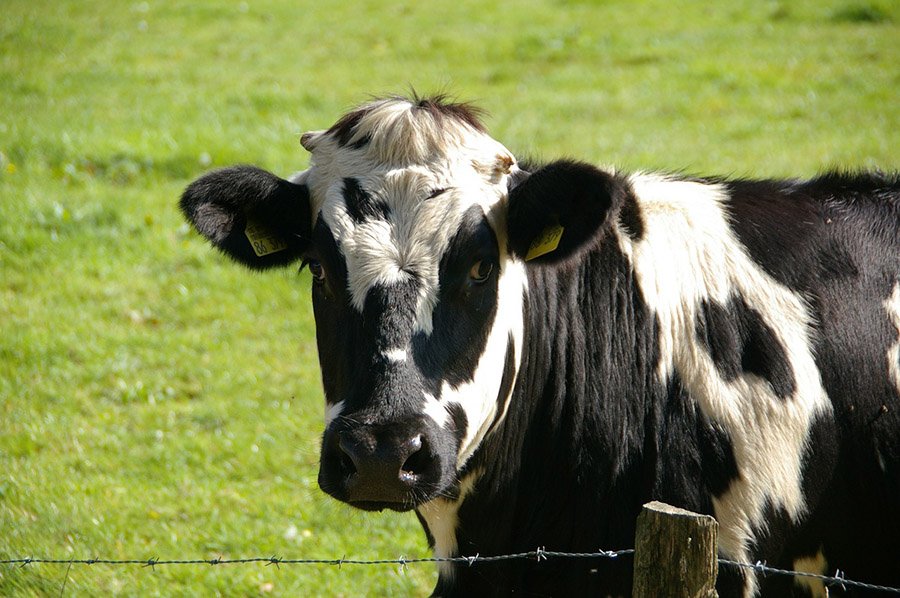
- Scientific Name: Bos taurus
- Where Found: Worldwide
- Conservation Status: Domesticated
Cows are one of the pillars of agricultural societies worldwide. They have been domesticated for their milk, and meat, and as draft animals for over 10,000 years. Cows are known for their gentle nature and complex social structures within herds. They communicate through vocalizations, body language, and even have a hierarchical system within their groups.
Cows have a four-chambered stomach, allowing them to digest tough plant materials through a process called rumination. This adaptation is crucial for turning grasses, which many other animals cannot digest, into energy and nutrients.
Did you know? Cows can produce over 200,000 glasses of milk in their lifetime, making them a vital resource for dairy production.
Ewe
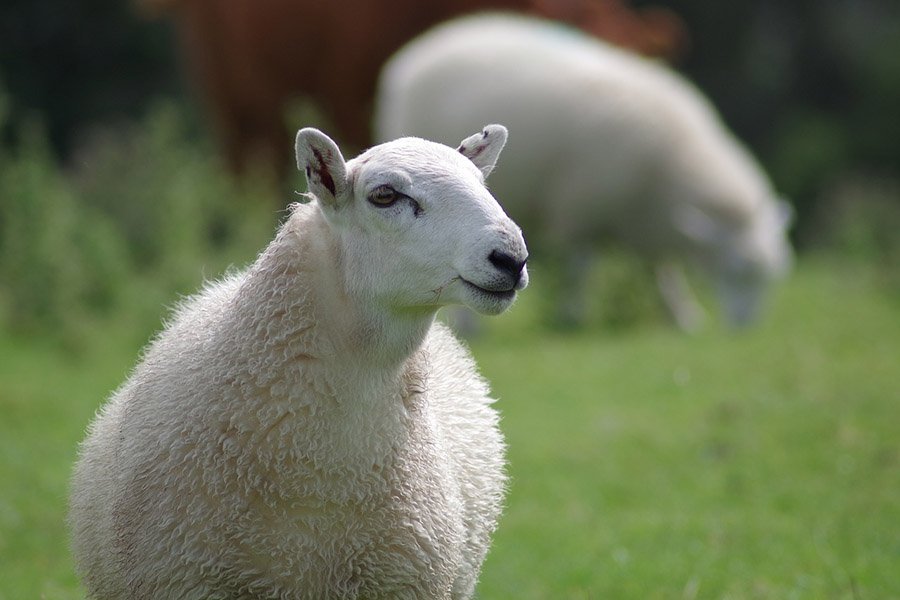
- Scientific Name: Ovis aries
- Where Found: Worldwide
- Conservation Status: Domesticated
Ewes are the female counterparts in the sheep species, playing a critical role in wool and meat production. They are known for their nurturing behavior, particularly towards their lambs. Ewes have a strong flocking instinct, which is a defensive mechanism against predators. They form close bonds with their offspring and other members of the flock.
Sheep farming has a long history, with wool being one of the earliest textiles used by humans. Ewes are also raised for their milk, which is used to make various dairy products, including cheese.
Did you know? Ewes can recognize their lambs by their bleat, even in a large flock.
Ram
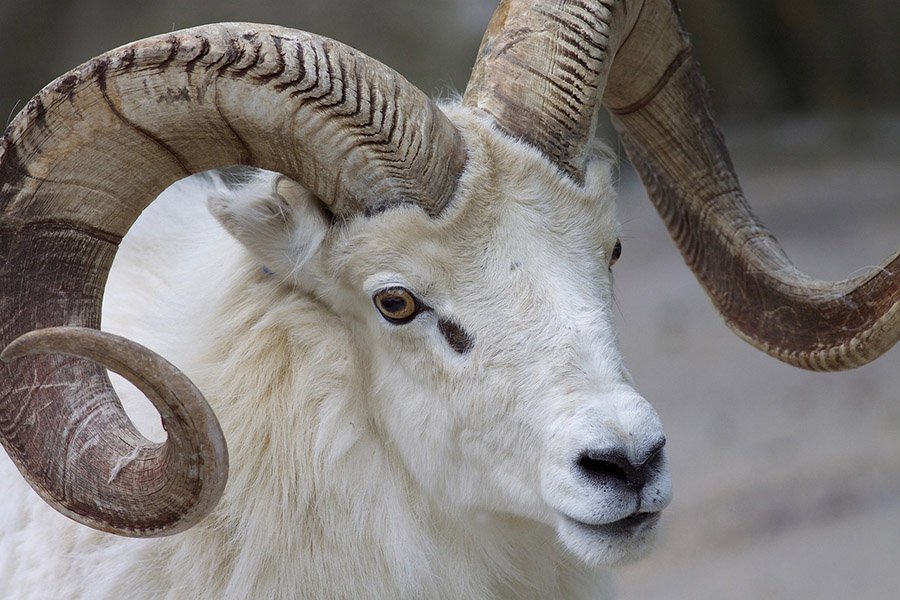
- Scientific Name: Ovis aries
- Where Found: Worldwide
- Conservation Status: Domesticated
Rams are the male sheep, easily recognizable by their large, curled horns. These horns are a symbol of status and are used in mating rituals to establish dominance. Rams are known for their head-butting behavior, which is not just a show of strength but also a way to avoid serious injury by absorbing the impact. In sheep flocks, rams often take on a protective role.
Rams contribute significantly to the genetic diversity and health of sheep populations. They are integral to traditional pastoral farming and are raised for wool, meat, and breeding purposes.
Did you know? The horns of some ram species can grow throughout their entire lives, forming a spiral shape that can weigh more than the rest of the bones in their body.


